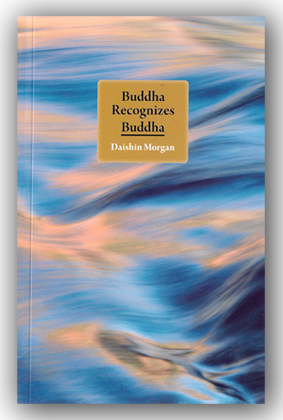
by Daishin Morgan
Throssel Hole Press, Northumberland, 2010, 176pp
reviewed by Vladimir K

Sōtō Zen teaches us that enlightenment is not something we acquire — it is the ever-resent nature of reality. ... We are not deluded beings who need to be remade into Buddhas. We are Buddhas from the beginning, but unless we awaken to our Buddha nature we will continue to create suffering for ourselves and others. (ibid)Morgan warns that to seek anything at all from zazen is “to miss the wonder of it”. (p 7) To look for something in zazen is to turn zazen into an illusion. The non-dual nature of Buddhism means that there cannot be a path or journey from delusion to enlightenment: “To imagine we have attained something is as much a barrier as imagining we have not”. (ibid) Yet, as Dōgen wrote in Genjo-koan (Actualizing the Fundamental Point):
As all things are buddha-dharma, there is delusion and realization, practice, and birth and death, and there are buddhas and sentient beings.This is one of the fundamental teachings of Dōgen and Daishin Morgan reiterates this throughout his book. The teachings in this book are refreshingly and uncompromisingly grounded in the teachings of Sōtō Zen as explicated by Dōgen.
As the myriad things are without an abiding self, there is no delusion, no realization, no buddha, no sentient being, no birth and death.
This book can be purchased through the Throssel Hole Bookshop.